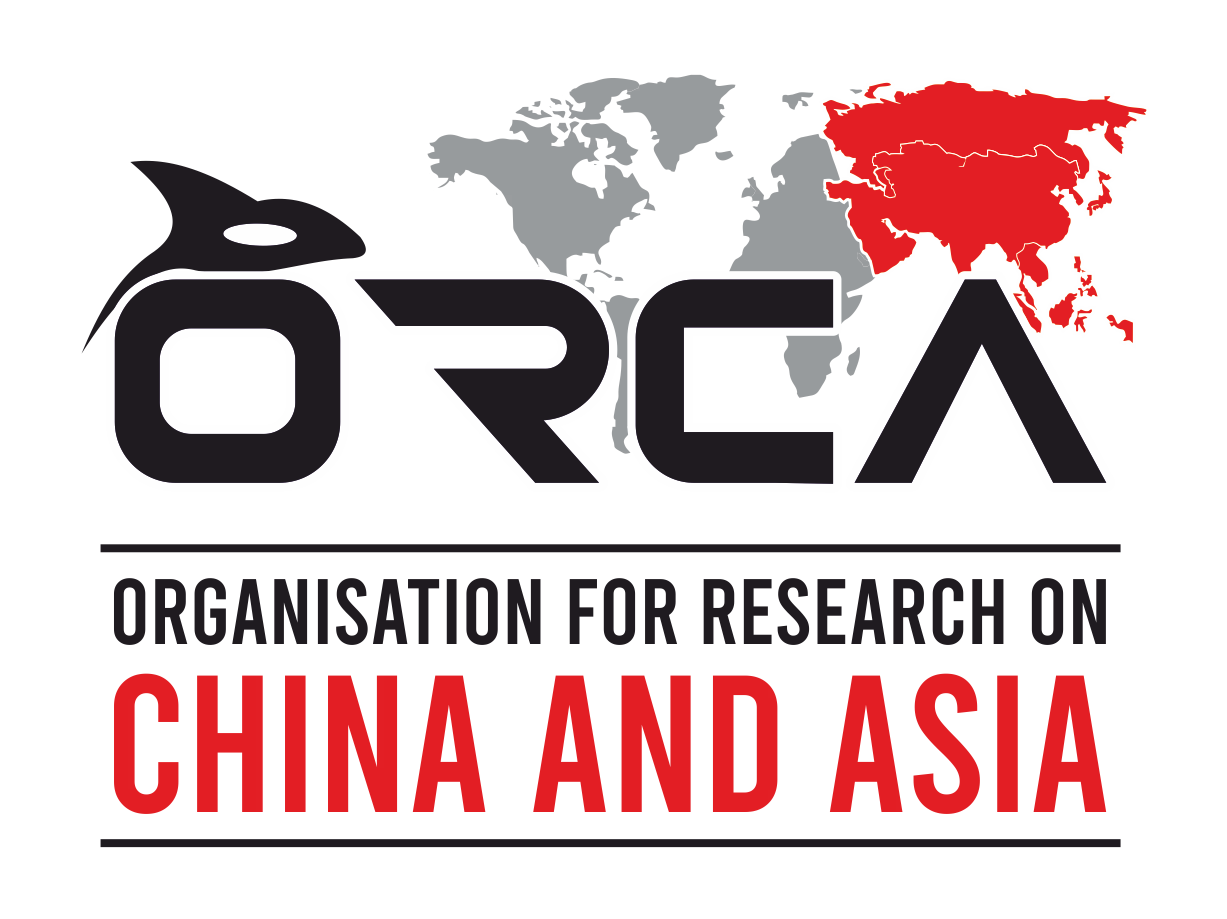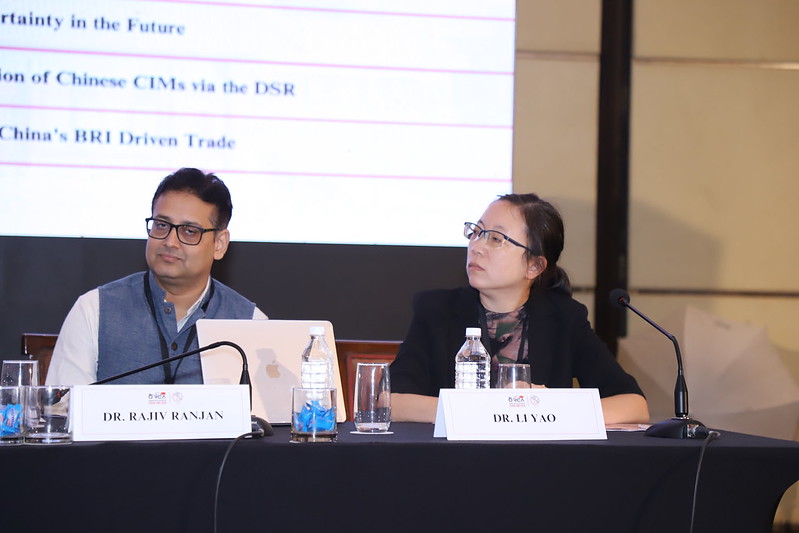China's industrial overcapacity has been a prominent concern in its economic policies, especially since former Premier Li Keqiang prioritised it as a major challenge in 2017. Overcapacity occurs when production capacity exceeds market demand, leading to underutilised resources. This issue is most pronounced in traditional industries such as steel and coal but has also extended into high-tech and clean energy sectors like electric vehicles (EVs), lithium batteries, and solar panels.
The gravity of the problem can be seen in China’s industry utilisation rate, which often falls below 80%. In August 2024, it stood at 74.9%, lower than in other major economies like India (76.8%), the US (77.96%), and Germany (77.4%). Some sectors, such as non-metallic mineral products and automobile manufacturing, are even worse off, reflecting deeper structural issues.
Sources of Overcapacity
There are several drivers behind China’s industrial overcapacity such as:
- Investment-Driven Growth Model: China’s growth heavily relies on investment, with substantial government subsidies propping up key industries like steel, coal, EVs, and renewable energy sectors.
- State-Owned Enterprises (SOEs): SOEs play a significant role in overproduction. Large steel producers such as BAOWU and ANSTEEL, along with major coal companies like Shandong Energy Group and China Energy, are state-owned, exacerbating production even when demand is low.
- Global Economic Slowdown: Reduced external demand, combined with internal economic volatility, worsens the overcapacity issue. Time lags between market growth and production further contribute to overproduction, particularly in periods of slow demand growth.
Impact of Overcapacity
China’s overcapacity has profound domestic and global consequences:
- Global Trade Tensions: The excess production leads to the dumping of goods like steel and solar panels in international markets at below-market prices. This has prompted retaliatory tariffs and anti-dumping measures from the US, EU, and other major economies. Overproduction in sectors such as solar panels, EVs, and batteries disrupts global supply chains, creating instability in hightech industries in the US and Europe.
- Environmental Impacts: Overcapacity in heavy industries like coal and steel carries environmental consequences. While China pushes for green energy, overproduction in renewable energy sectors such as solar panels still worsens environmental degradation due to unsustainable production levels.
- Domestic Economic Consequences: Overcapacity contributes to price deflation, reducing profitability and straining SOEs. This financial stress also affects local governments reliant on SOE profits. Additionally, overcapacity creates unemployment and exacerbates regional economic imbalances, particularly in provinces dependent on traditional industries.
Role of the WTO and Free Trade Agreements (FTAs)
The World Trade Organization (WTO) and FTAs are essential in managing the global consequences of China’s overcapacity:
- Trade Dispute Resolution: Affected countries have brought cases to the WTO accusing China of dumping products at unfairly low prices. While the WTO offers mechanisms to address these disputes, such as tariffs or countervailing duties, its ability to fully resolve trade conflicts has been hampered by the ongoing Appellate Body Crisis. Since 2019, the Appellate Body has been nonfunctional due to the US blocking the appointment of new judges, delaying the resolution of trade conflicts related to China’s overproduction.
- Trade Distortions: WTO rules on subsidies and trade distortions are critical in curbing the effects of China’s state-backed economic model. However, the organisation faces challenges in adapting its frameworks to address the unique nature of China's industrial policy.
- Monitoring and Reforms: Regular Trade Policy Reviews by the WTO provide opportunities for other countries to raise concerns about China’s overcapacity. However, there is growing recognition that the WTO’s rules need modernization to address challenges posed by China’s state-owned enterprises and overcapacity in emerging industries like renewable energy.
Domestic Policy Responses
China has taken steps to tackle overcapacity, such as restructuring, merging companies, and shutting down unviable factories in industries like steel and coal. However, these measures have not fully resolved the root causes of overproduction, as the problem remains deeply embedded in China’s economic model, with continued reliance on state-owned enterprises and government subsidies.
Future Outlook
The future of China’s industrial overcapacity hinges on several factors:
- Policy Adjustments: Balancing domestic economic needs with international trade obligations is crucial for managing overcapacity. While the government has made progress in cutting excess capacity, further adjustments are needed to prevent recurring imbalances, especially in high-tech and green energy sectors.
- Global Cooperation: International cooperation through FTAs and reforms within the WTO will be essential in addressing the global impacts of overcapacity. Reforms in trade rules and regulations on state-owned enterprises could help mitigate the negative effects of China’s industrial policies on the global market.
Additionally, China’s overseas industrial parks are a critical component in managing domestic overcapacity. These parks, established through the Belt and Road Initiative (BRI) and within frameworks like the Regional Comprehensive Economic Partnership (RCEP), help shift production abroad. They benefit host countries by boosting economic activity while simultaneously reducing China’s internal supply-demand imbalances. This strategy has strengthened China’s diplomatic and economic ties with emerging markets, offering a cooperative approach to tackling global overproduction.
Conclusion
China’s industrial overcapacity is a complex issue, deeply rooted in its economic model and government policies. Its effects are felt both domestically and globally, contributing to trade tensions, environmental degradation, and economic imbalances. Addressing the issue will require sustained efforts from China and reforms in global trade institutions like the WTO.
These remarks were presented by Dr. Li Yao at the Global Conference for New Sinology (GCNS), 2024.



Author
Dr. Li Yao
Dr. Li Yao, who earned her Ph.D. in Economics from the University of Hawaii at Manoa, is a Senior Research Fellow at the East Asian Institute (EAI) of the National University of Singapore. Before joining EAI, she was an Associate Professor at the University of Electronic Science and Technology of China, where she served as the Chair of the Department of Economics and Finance and the Deputy Director of the Economic Research Center. Her current research focuses on issues related to the sustainable development of China and the Southeast Asia region, including digital economy, green economy, foreign direct investment, international trade, and economic inequality. She has published articles in various academic journals such as World Economy, Energy Policy, Review of Development Economics, and Journal of Asian Economics. She has also led and participated in economic research projects supported by countries including Singapore, China, Japan, Indonesia, and Cambodia.